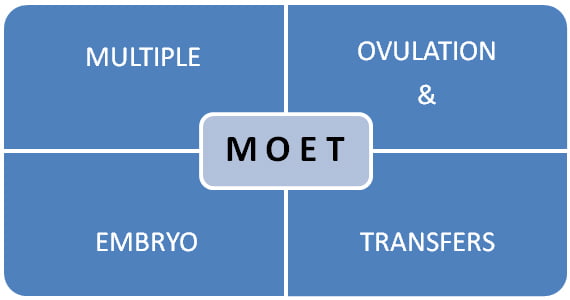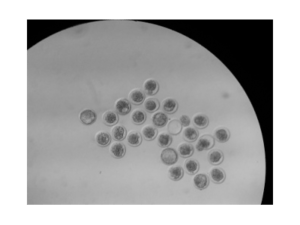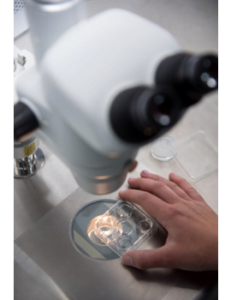The donors and recipients must have synchronized heat cycles.
An effective method of increasing the reproduction rate of top Genetic animals
All female animals are capable of producing far more eggs than they ever need over their lifetime. ET uses Follicle Stimulating Hormones (FSH) to cause the ovaries to release more than one egg in a cycle. Multiple eggs can then be fertilised inside the animal and collected surgically, usually 5/6 days after artificial insemination. These embryos can be transferred into surrogate mothers (recipients) who are at the same stage of their cycle but have not been mated. Many of these embryos are accepted by the recipients and a normal pregnancy occurs. Alternatively, embryos can be frozen for sale, export or later transfer.






